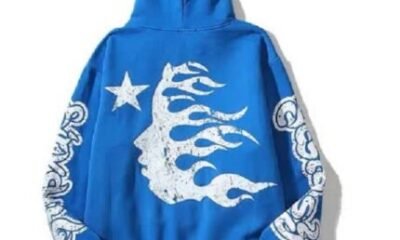TMT bars are the backbone of every civil structure. They sustain the load of the building, slabs, beams, columns, and, of course, the living burden of people and their belongings. TMT bars must also be able to withstand loads such as windstorms and earthquakes, as they are the strength of every construction. Poor-quality materials, such as low-cost steel bars, are known to contain significant levels of unknown substances that are hazardous to construction. This means that the steel bars lack the chemical and physical qualities that are required. Customers are more aware now, and as a result of their increased levels of education and purchasing power, they demand higher quality products and are willing to pay for them. TMT steel bars are steel bars that have undergone a special metallurgical procedure called “Thermo Mechanical Treatment.” The Bureau of Indian Standards has authorised these TMT bars for use in building and construction projects. The Fe500 and Fe500D are two of India’s greatest TMT bars.
Difference between Fe500 and Fe500D TMT Bars
While both Fe500 and Fe500D TMT bars are excellent for building projects, Fe500D TMT bars have significantly higher ductile strength than Fe500 TMT bars. Steel’s tensile strength is the same in both of these products. The overall ductility, on the other hand, is what makes all the difference. The ability of a material to plastically deform and adapt while being strained with a tensile load is known as ductility. When a ductile material is tugged, it deforms and changes shape to adjust to the stress before it ruptures (breaks apart). It will also absorb energy as a result of this.
Brittleness is the polar opposite of ductility. A brittle material absorbs extremely little energy during stress (the area under the curve AB) and is almost never flexible (in the example below it has a very limited plasticity).
Also Read:- How Does The Dry Fruit Import-Export Industry Look Like In India?
This feature allows the Fe500D TMT bars to absorb rapid stresses, making them suitable for natural calamities such as earthquakes, tsunamis, and cyclones. Fe500D TMT bars are particularly suited for areas with strong seismic activity because of their high safety characteristics.
In TMT re-bar, the chemical structure determines the optimal prolongation. TMT bars of the 500/ 500D range have a lower sulphur and phosphorus content, making them suitable for a wide range of building applications. Fe 500 is a popular choice among engineers who design and construct multi-story structures, and Fe500 is TMT bars’ default choice for underground structures such as storm cellar floors and wells. Fe500d has 0.25 percent carbon (max) from the point of concoction production, compared to 0.30 percent (max) in Fe500. The fundamental difference between the two grades of steel, and based on these views, we can safely say that Fe 500D grade TMT steel outperforms Fe 500. It enhances 500D steel as a result of its increased resistance to highly seismic exercises such as earthquakes, as well as its lower carbon content, which ensures easier and better weldability.
We have the best pricing on Fe500 and Fe500D grade TMT bars at OfBusiness.


















